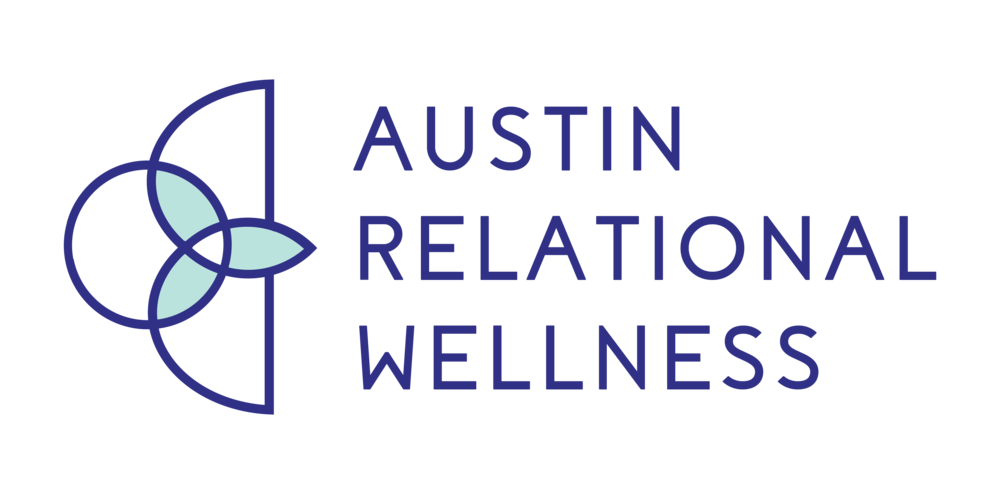We recognize that, in Austin, marriage counseling can be a time-consuming and expensive process. Whether it’s due to mismatched schedules, an inability to make appointments at certain times because of Austin traffic (ugh!), or financial strain, working on your relationship in couples therapy may not be an option for you and your partner. While there’s certainly great value in attending weekly sessions with a therapist as a couple, there are other ways to help strengthen your relationship or marriage, such as couples workshops or marriage retreats.
Coming up in May, Austin Relational Wellness is holding the Creating Connection Couples Retreat. The retreat is held on a Saturday in the beautiful Texas Hill Country. Just a short drive outside the city to southwest Austin, you’ll find the Bluff Trail House, a comfy, inviting space where our retreats are held. Throughout the day, you’ll be able to enjoy the grounds, dine on delicious food and snacks, and sip on ice cold beverages.
What happens at the couples retreat?
We’ll begin our day with a light breakfast and coffee as we introduce ourselves, give you a chance to get to know one another a bit, and set our intentions for the day. Then we’ll jump into a bit of teaching and help you get a sense of where you currently are in your relationship and where you’d like to be as a couple. Next, we’ll teach you about a concept surrounding certain needs we all have in relationships. We’ll help you figure out your own needs, as well as your partner’s.
During our break for lunch, you’ll have a chance to connect with your partner alone as you enjoy the grounds during a couples picnic. After lunch, we’ll dive into the relational needs a little deeper and do some activities to help you get a better understanding of what these look like for each of you.
Because every relationship has conflict, the next part of our day will focus on conflict resolution. You’ll assess your current conflict style, and we’ll teach you some evidence-based techniques to help with communicating during conflict.
Something we’re excited to offer is a couples massage lesson. This portion of the day gets you out of your head and connected with your partner to increase closeness and affection. Our licensed massage therapist will give a group lesson on basic massage techniques that you can use to help meet your partner’s needs. Comfy clothes are a must for this part of our day!
We’ll wrap up by focusing on your vision for the future of your relationship. By creating this plan, you’ll be able to take what you’ve learned and apply it to your relationship going forward. You’ll also take some time to express appreciation to your partner one-on-one before we end the day.






































































